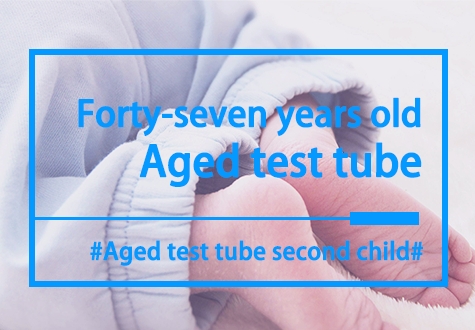IVF: The difference between three generations of test tubes
For many patients, the specific generation of IVF and the difference between different generations is still a vague concept. Since its birth, IVF has undergone many technological innovations and iterations. At present, the clinical application of IVF technology can be divided into the following generations:

First generation IVF technology: This is the earliest IVF technology, mainly through natural fertilization to achieve the formation of embryos. Doctors mix a woman's egg with a man's sperm outside the body, allowing the sperm to swim naturally and combine with the egg to form a fertilized egg. The fertilized eggs are then cultured to a certain stage before being transplanted back into the woman's uterus.
Second generation IVF technique: Also known as intracytoplasmic sperm injection (ICSI) technique. The technology mainly targets infertility problems caused by male factors, such as low sperm count and poor motility. Doctors use micromanipulation techniques to inject a single sperm directly into the cytoplasm of the egg to help the sperm combine with the egg to form a fertilized egg.
Third generation IVF technology: On the basis of the first two generations of technology, the introduction of embryonic genetic diagnosis (PGD/PGS) technology. The technique allows doctors to genetically screen embryos before they are transferred to rule out those carrying genetic diseases or chromosomal abnormalities. In this way, the success rate of IVF can be greatly improved and the risk of miscarriage and birth defects can be reduced.
The difference between IVF and three generations of test tubes
Although three-generation test tube (PGD/PGS) technologies fall under the category of IVF technologies, they differ significantly in their methods of operation and purpose of application.
Operation method: IVF technology mainly focuses on the embryo formation and transfer process, and the three-generation test tube technology adds the embryonic genetic diagnosis link on this basis. Doctors take a small number of cells from the embryo for genetic analysis to determine if the embryo has genetic diseases or chromosomal abnormalities.
Application purpose: IVF technology is mainly used to solve the problem of infertility and help couples realize their fertility wishes. The three-generation test tube technology focuses more on the health of the embryo, reducing the risk of birth defects and hereditary diseases through genetic screening. This makes the three-generation test tube technology has a unique advantage in the prevention of genetic diseases and eugenics.
Success rate: Due to the ability of three-generation test tube technology to perform genetic screening before embryo transfer, its success rate is relatively high. Doctors can choose the best quality embryos for transfer, thus increasing the success rate of IVF. In addition, the risk of miscarriage and birth defects can be reduced through genetic screening, resulting in a safer and more reliable fertility experience for couples.














